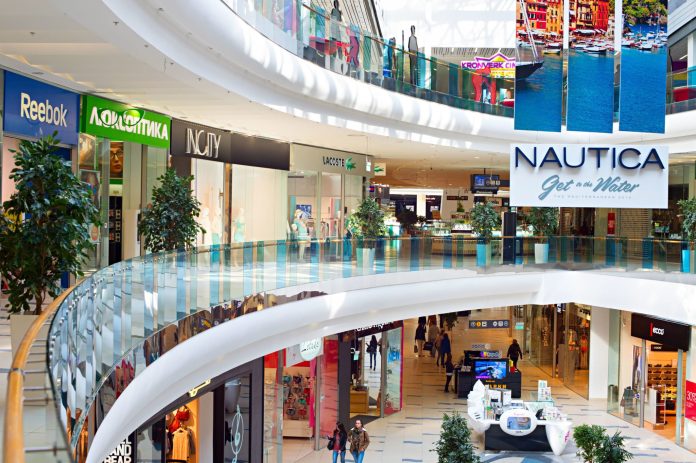Visual light communications enables precise in-store location and wayfinding – down to an item on a shelf
Indoor positioning systems (IPS) can enhance the shopping experience in a physical retail store. As a quick review: IPS technology is similar to the Global Positioning System (GPS) technology we use in our cars. IPS technologies use fixed location transmitters or beacons, a mobile device, digital indoor maps, and a mobile loyalty app, to provide shoppers with location and navigation within the store.
I’d like to get under the hood a bit and talk about the communications technologies that make IPS technology possible. Some are very familiar, such as Wi-Fi and Bluetooth Low Energy (BLE), but one: Visual light communications (VLC) is unlike anything you’ve heard of before. Here is a quick look at how these fascinating technologies stack up in the IPS scheme:
• Wi-Fi can serve as a beacon to locate a person or an object within 15 – 45 feet (5-15 meters). Wi-Fi is popular because it’s well known and almost every mobile device has it. Its utility in indoor positioning is very binary in that it helps a building owner know if a device is in the space or not. It is not, however, highly useful in helping a shopper locate an item on a shelf, helping a store associate find a customer in need, or providing accurate floor traffic and dwell time data to a retailer – because of its lack of accuracy.
• BLE beacons can calculate a mobile device’s indoor position with an accuracy of up to 3 feet (1 meter). That’s better, and likely very useful in large open indoor spaces. The biggest advantage of BLE is that it can communicate with devices that are not in line of sight – such as in a pocket or purse. So the IPS is working all of the time.
• VLC is an advanced technology that uses LED lighting to communicate with a level of precision unmatched by other beacon technologies, with location accuracy of 4 inches (10 centimeters). That’s significantly more accurate than BLE. VLC takes advantage of very fast high/low switching of LED light to deliver data to a receiver (your smartphone). Imagine a very fast flashlight sending Morse code – so fast that the data signal is not visible to the human eye – but the light source is. This level of accuracy is extremely useful in indoor spaces with a high density of objects like big box retail and grocery stores.
For the more technically minded, VLC sends information by rapid oscillation of light emission from LEDs, using signal processing technology.
LED lighting has taken VLC from a scientific concept to reality. LED light output is highly controllable. This allows for the rapid switching (modulation) of the LED source – which is faster than the human eye can perceive, so it is unnoticeable to humans but detectable by machines. Conventional lighting cannot produce the modulation speed required for VLC to work.
In addition to pinpoint accuracy, VLC works quickly to initially locate a shopper (or product). Its low latency means a person or item can be positioned within 1/10 of a second, and that position is updated as often as five times per second.
VLC is also low cost, so it doesn’t add significant overhead to the LED lighting system and works with technology already resident in all mobile devices. And VLC software upgrades can be pushed wirelessly to the LED lighting system, so IPS updates don’t require additional installations.
VLC has one drawback; it works as long as the customer has his or her mobile device out and in active use (after opting in to a store loyalty program), but the accuracy diminishes if the device is out of sight in a pocket or purse. That’s why we married VLC and BLE into Acuity Brands IPS. BLE complements VLC, providing accurate location for out-of-sight devices.
IPS is a promising platform for the connected retail store of the future. Leveraging LED lighting and the two best performing indoor location-based services, VLC and BLE, enables retailers to quickly find, engage and satisfy shoppers and get highly accurate store traffic data. This can drive higher sales, greater customer satisfaction, operational efficiencies and a stronger ROI on lighting assets – making LED-based IPS a winning proposition all around.
Vinod Kashyap is director of product management, IoT at Acuity Brands.

